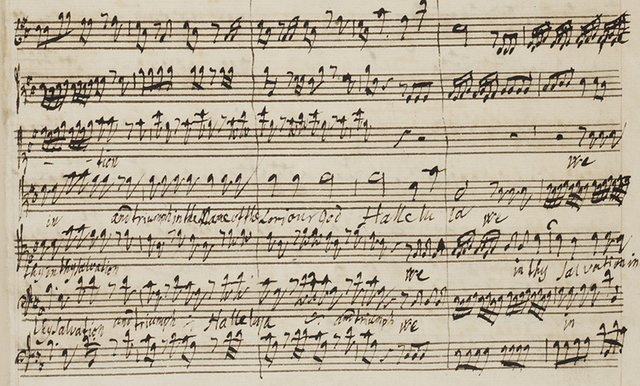Music Theory For Beginners - Lesson 4 - First Look at sharps and flats

Music Theory For Beginners
Hello everyone and welcome to the fourth lesson in my series Music Theory for beginners, in this series I am going to be covering some basic music theory that will be able to help any player improve their musicianship in general and help them to improve on their chosen instrument.
In this lesson, we are going to look at how we can write sharps and flats on the stave and talk a little about what sharps and flats represent. I will talk a little about intervals in this lesson but don't worry about trying to understand them just yet. Once we have a solid foundation in how to write notes, we can build on top of that with more advanced topics.
The Sharp

As you can see above I have included an image of a sharp symbol.
What the sharp symbol does to a note is, it raises its pitch by what is known as a semi-tone. You don't need to worry about what a semi-tone is yet, we will cover that when we look at intervals. For now, we will just focus on writing the notes in order.
So with the notes we already know A - B - C - D - E - F - G we can add the sharps into this as such. A -- A# -- B -- C -- C# -- D -- D# -- E -- F -- F# -- G -- G#
One thing you will notice straight away is that the notes B and E do not have a sharp variant to their note.(It is possible to have B and E sharp but that is well outside the scope of this lesson).
If you can think of a piano, all the natural notes are represented by the white keys and all sharpened notes are represented by the black keys.
Incidentally, notes in this pattern are known as a chromatic scale(we will cover scales in subsequent lessons).
The Flat

above I have included the image of a flat when I am writing the flat in the text I will use a lower case b to denote the flat, please don't confuse this with a note.
So just like with the sharp we can write out our chromatic sequence using the flat.
A -- Bb -- B -- C -- Db -- D -- Eb -- E -- F -- Gb -- G -- Ab
As you can see above we have covered all 12 notes. Notice in this example that C and F do not have flat equivalents(this will become more apparent when we cover scales and intervals.)
The flat symbol performs a similar operation to the sharp symbol but instead of denoting a raise of pitch it denotes a drop of pitch by 1 semi-tone.
Enharmonic Equivalents
Now, this part is where it starts to get a little bit confusing so don't worry if you don't understand it the first time. I will start by writing out both the chromatic scales side by side with sharps and flats.
A -- A# -- B -- C -- C# -- D -- D# -- E -- F -- F# -- G -- G#
A -- Bb -- B -- C -- Db -- D -- Eb -- E -- F -- Gb -- G -- Ab
By looking at both of the chromatic scales above you should intuitively be able to see that both of the scales are the same, they are just denoted with a different syntax.
That is A# is the same note as Bb and C# is the same note as Db and so on...
These are what are known as enharmonic, which is basically a fancy word which means they represent the same note but they are named differently.
We don't need to worry too much about this stuff right at this moment as the more you use music theory the more comfortable you will become with the concepts and I will definitely cover enharmonics more than once in this tutorial series.
Conclusion
There is no challenge for this lesson as it is purely just theory and is the set up for the next lesson where we will learn to write sharps and flats on the stave as what is known as an accidental. In this lesson, I hope that I have explained what sharps and flats are and how they can be represented. Then I introduced the topic of enharmonics in this lesson but there will be more to come on this topic.
If you have any questions about music theory or need any help with any concepts, please leave a comment and I will be happy to help out.
Message to readers
Thanks for taking the time to read my post, if you are interested in Music, Science, Technology or Computer Science then check out my blog, I am making an effort to provide good quality original content to the Steemit community.